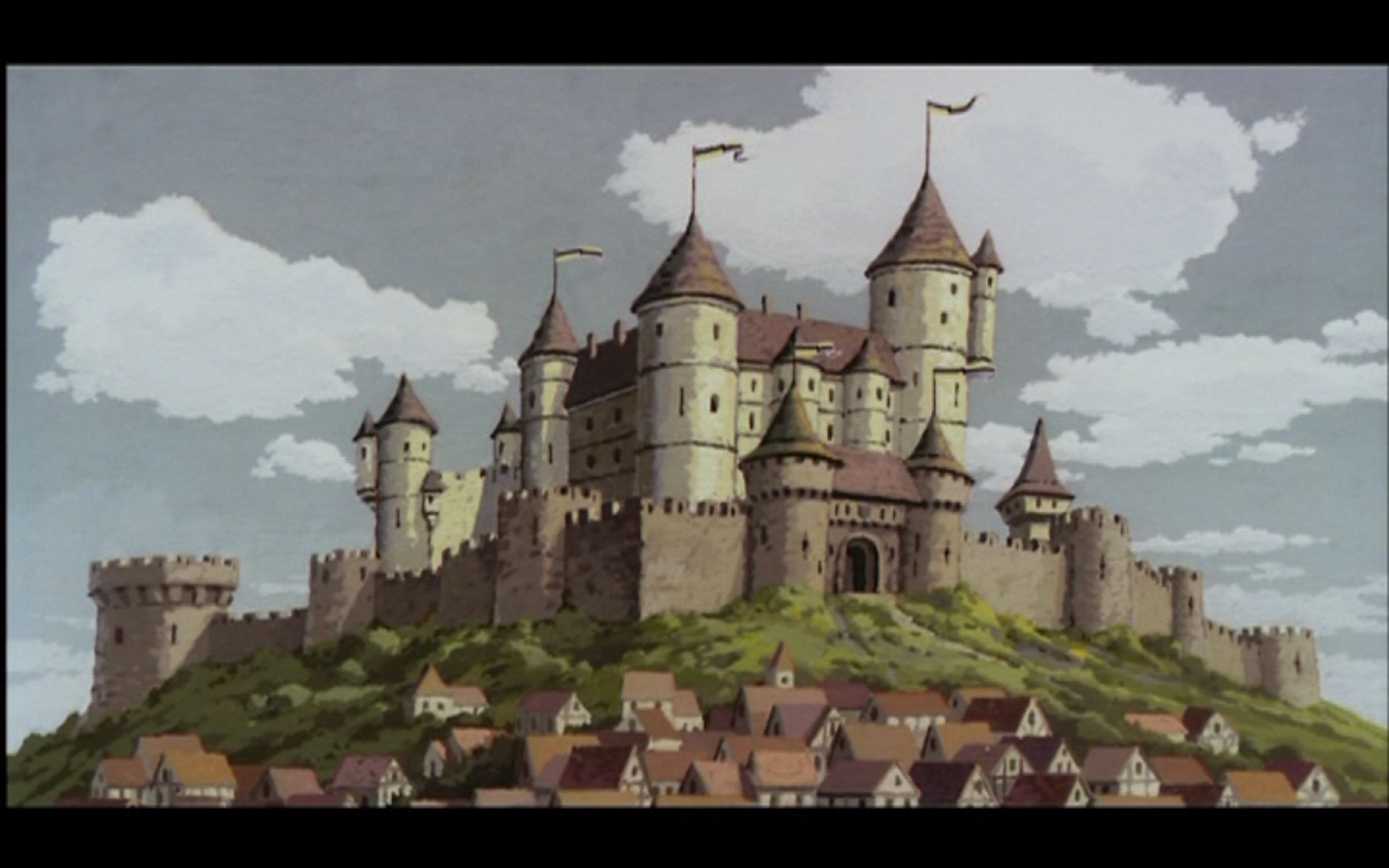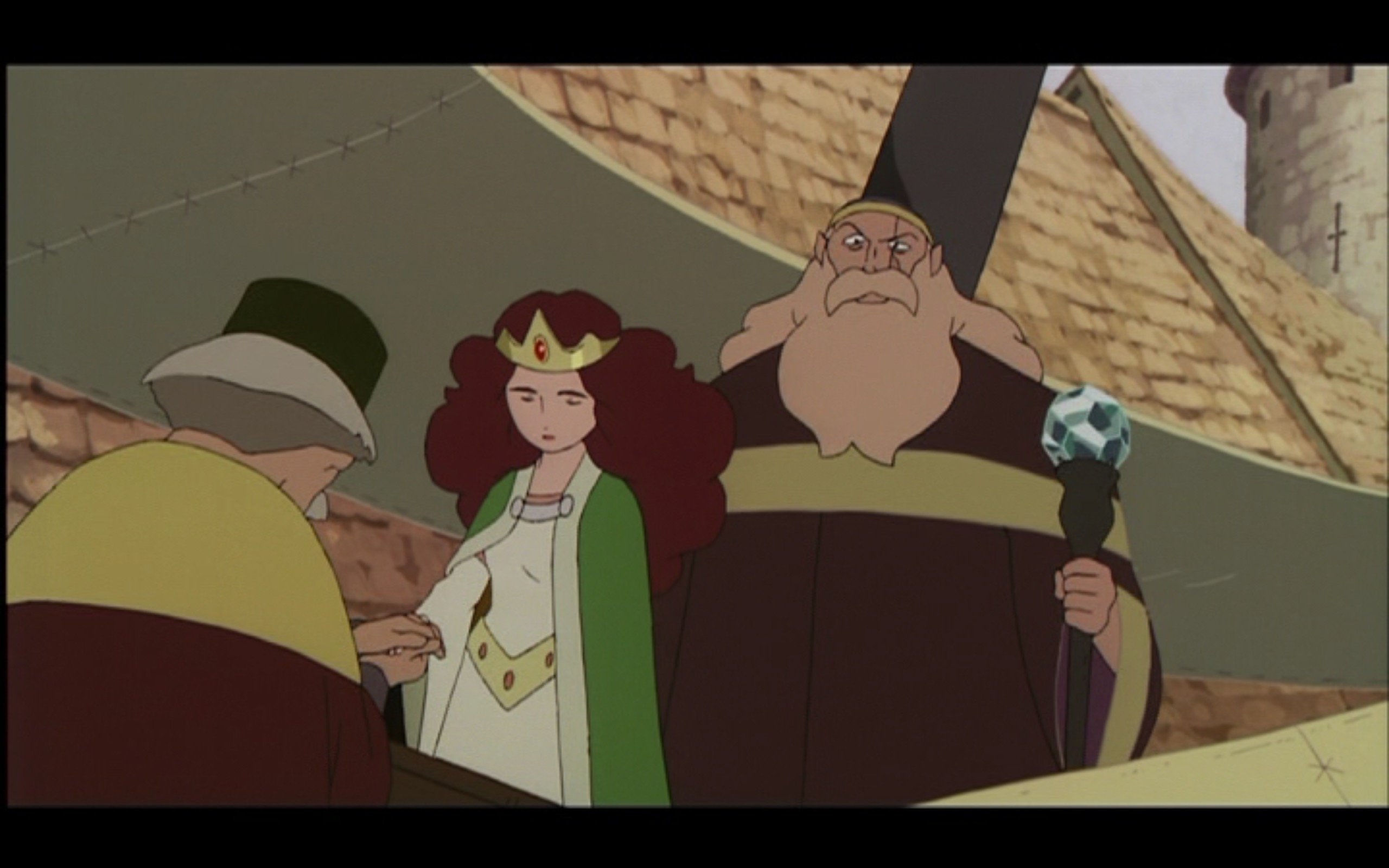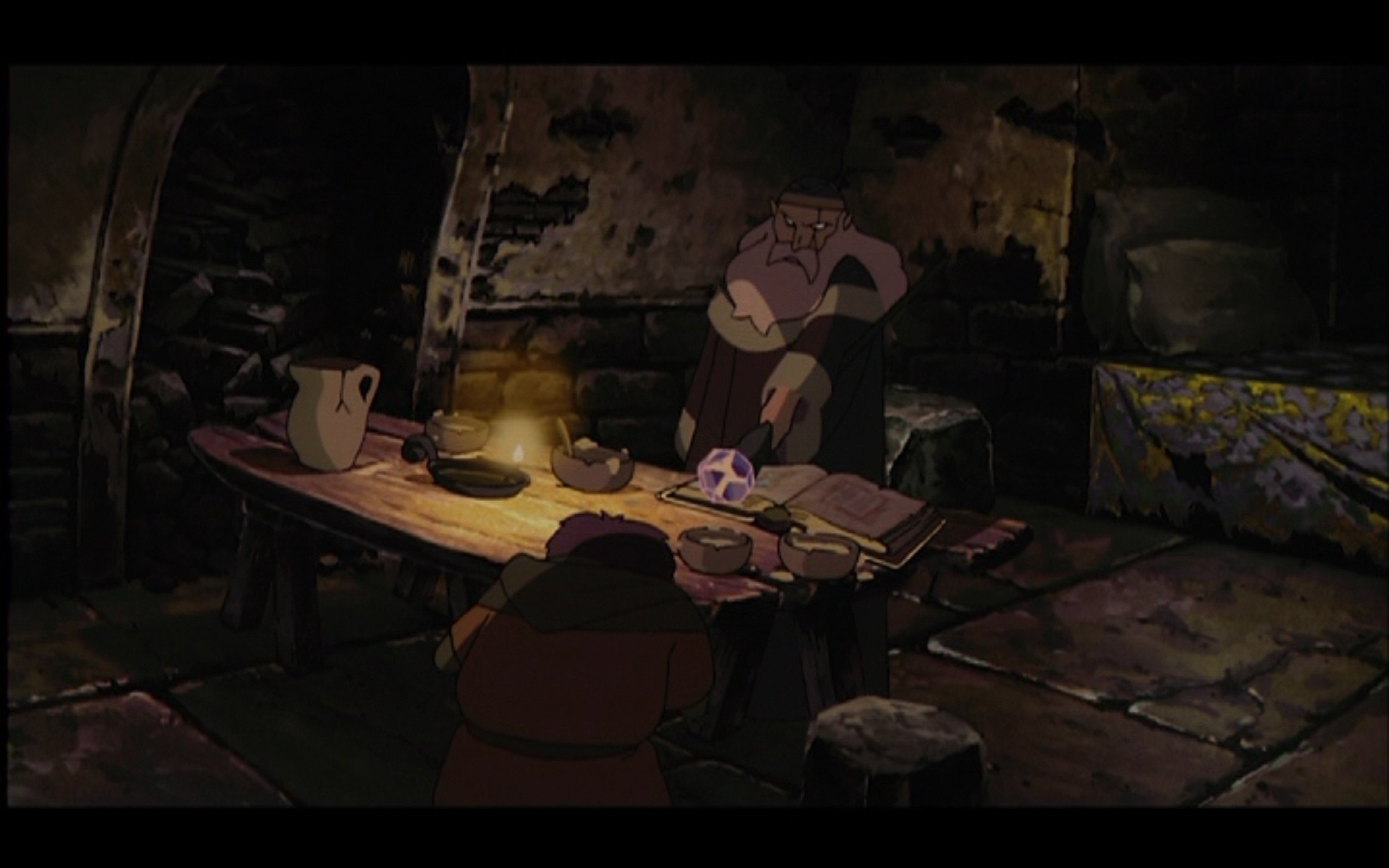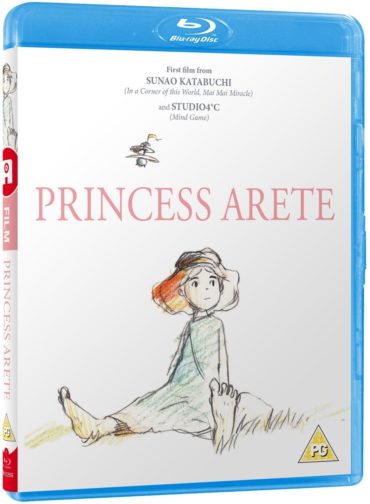Princess Arete Review
Last year I had the chance to watch two of director Sunao Katabuchi’s works: In This Corner of the World and Mai Mai Miracle – the latter of which I also reviewed for the site. Now I’m taking a trip back to Katabuchi’s very first directorial project, Princess Arete, to find out what makes this fairy tale tick.
The story follows a young princess named Arete. She lives her days in the top of a tall tower, waiting for the day she is married off to a knight deemed worthy by the king (who sets difficult tasks for potential suitors to complete). However, this isn’t the life Arete wishes to live, and, filled with endless curiosity and loneliness, she often sneaks out of the castle to explore the town below. Not happy with her life as a princess, Arete begins to plot her escape in order to live freely – but will she get away with it?

When Arete attempts to sneak out of the kingdom, she’s quickly caught by the guards. Upon her return to the castle, she is asked for her hand in marriage by a powerful wizard known as Boax, who believes Arete can bring an end to his immortality. Boax casts a spell on Arete to suppress her curiosity and turn her into an agreeable bride. Just before Arete is taken to Boax’s castle, she is given a magic ring that is said to be able to grant three wishes. At her new home, Arete is shut up in a small dungeon room, where she does nothing but wish for a worthy knight to someday rescue her. However, with the magic ring in hand, perhaps Arete will be able to break Boax’s enchantment herself?
It seems as though Princess Arete is attempting to take the classic fairy tale formula and turn it on its head with a strong female lead. In Japan the movie is known as one of the most successful animated feminist works to date. However, I personally didn’t find Princess Arete worthy of quite that much praise.

There are a few issues that really hold it back from what could have otherwise been a fantastic story. The first notable issue is the fact that all of Arete’s personality is suppressed for a good portion of the plot. Once that happens, she lacks anything to keep the viewer interested, which is not helped by Boax and the two characters living with him proving to be fairly bland. Some of this tedium probably could have been alleviated by cutting down the run-time. The movie runs for 1 hour 45 minutes but it could have easily lost 20-30 minutes without cutting out anything of importance.
Perhaps the even bigger issue, however, is that a lot of the character development for both Arete and Boax is very subtle. Because of the long runtime, it’s hard to appreciate how much the characters are changing bit by bit. Looking back on my Mai Mai Miracle review, I realize that one of the biggest complaints I had with Princess Arete – a lull in the middle of the story – is a problem the director’s later work Mai Mai Miracle also has.

Animation for the movie has been handled by Studio 4C (Mind Game, Berserk: Golden Age Arc) and overall looks good. Princess Arete was released in Japan back in 2001 and sadly the animation does looks dated in terms of colours. The entire movie uses quite muted colours (lots of grays, browns, yellows, etc.), and it’s a shame that the animators didn’t also use more vibrant shades to give some variety to certain scenes – especially when Arete leaves her home town. However, this is more of a small niggle than an actual complaint because the rest of the movie has aged well. Character designs and animation are very smooth and there is good attention to detail for backgrounds, which reminded me of some of the older animated Walt Disney films.
The music for the movie has been composed by Akira Senju, who has also worked on Fullmetal Alchemist: Brotherhood, Valvrave the Liberator, and, more recently, Battery. The soundtrack gives a medieval vibe that you’d expect to get from a story like this. Much of the music is often classical in style and fits well.

The voice actors for the cast also do a good job. Arete is voiced by Hoko Kuwashima (Satomi Niiyama in Sound! Euphonium, Momoko Kunieda in The Perfect Insider) and she plays the role well, injecting a sense of childish playfulness into Arete. Boax is played by Tsuyoshi Koyama (Tatara in Mai Mai Miracle, Basil in Dragon Ball Super) and Koyama puts lots of enthusiasm into playing Boax despite the character being bland in personality.
This release comes to the UK thanks to Anime Limited and is available as a standard DVD, Blu-ray, and a DVD/Blu-ray combo Collector’s Edition that includes artcards (which is exclusive to the Anime Limited online-store). It only has Japanese audio with English subtitles as the movie has never been dubbed.
Overall Princess Arete is a lacklustre fairy tale story that attempts to break the mould but doesn’t quite manage it, thanks to an overly long run-time. If you’re an existing fan of Sunao Katabuchi’s work then you’ll probably at least appreciate seeing where he began but otherwise maybe give this a miss in favour of one of Studio Ghibli’s fairy tale offerings instead.


